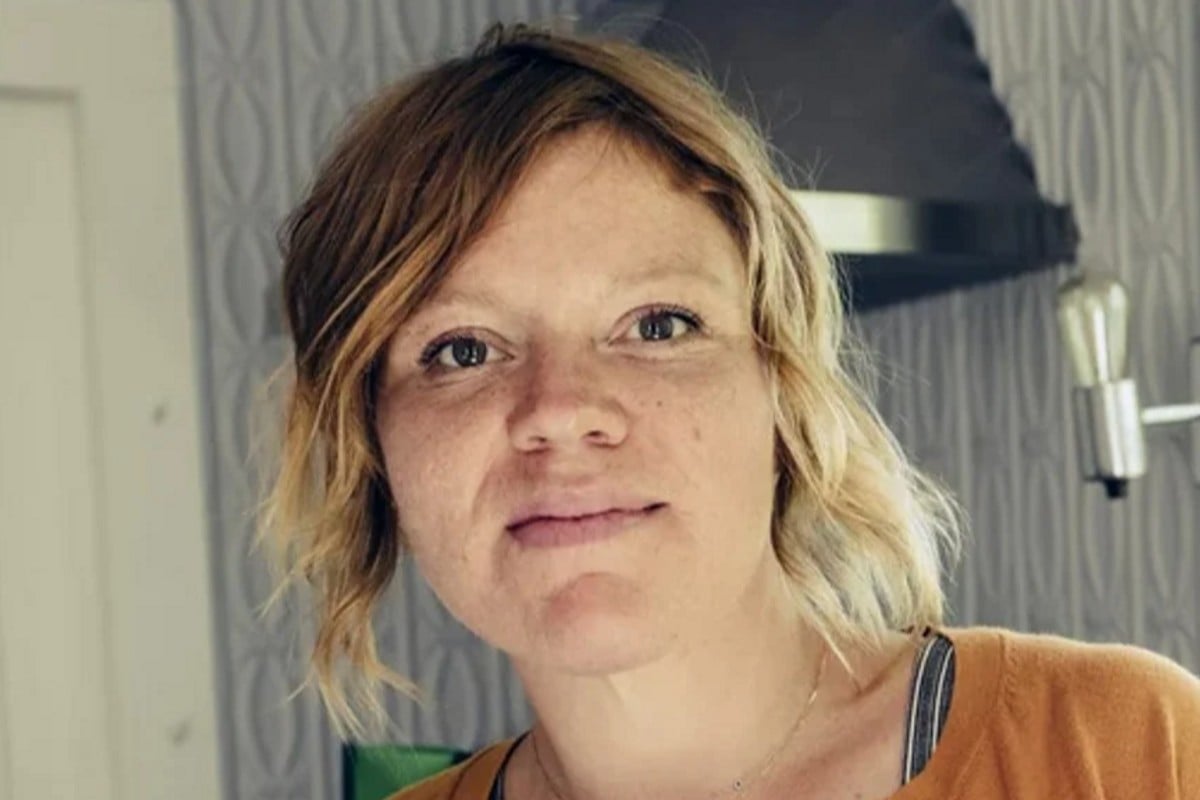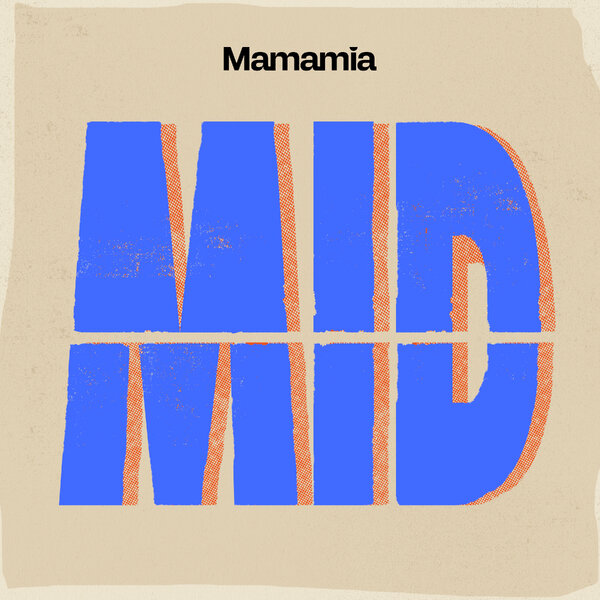
Let me take you back to my 30th birthday.
My husband handed me my present, which I had already planned, because that's the type of person I am — an Ancestry.com DNA kit. I had figured out many things about myself and who I was, but one question loomed, and that was whether I had Indigenous history on the paternal side of my family. (Spoiler alert: I don't.)
I was pretty quick to spit in the tube and send it off, getting excited about what I might find out about myself. I would later say that my thirst for knowledge came back around to bite me this time.
Watch: A couple was implanted with wrong embryo during IVF. Article continues below.
About six weeks went by and one Monday morning, I found myself sitting at home. I'd just finished doing some work and decided to duck to the gym to stretch my legs.
I quickly checked my emails to get rid of the little red notifications in my phone and saw that my DNA results were back. Excitedly, I opened the app. I was confused at first, because a photo of my brother as a little kid popped up as my first match, with 50 percent DNA shared.





























































































